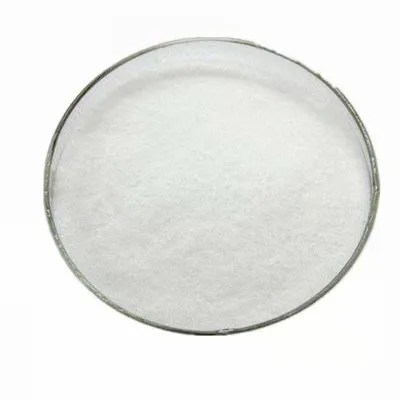

Food additives have become an integral part of modern food production, enhancing flavors, colors, textures, and even extending shelf life. While some additives are naturally occurring, many are synthetic and added to foods for specific purposes. In this article, we will delve into the five main food additives that are commonly found in our daily diets, highlighting their functions and potential implications.
1. Monosodium Glutamate (MSG)
Key Function: Monosodium glutamate, commonly known as MSG, is a flavor enhancer used to intensify the taste of savory dishes. It is a sodium salt of glutamic acid, a naturally occurring amino acid found in many foods like tomatoes, cheese, and seaweed.
Presence in Food: MSG is widely used in processed foods, fast food, soups, sauces, and seasoning blends. It's also found in some snacks, canned goods, and even baby food.
Health Considerations: While generally considered safe by regulatory agencies, some individuals may experience adverse reactions such as headaches, flushing, or nausea after consuming MSG.
2. Artificial Food Coloring
Key Function: Artificial food coloring is used to add vibrant hues to foods and beverages, making them more visually appealing. These dyes are synthetic and do not occur naturally in foods.
Presence in Food: You'll find artificial colors in a wide range of products, including candies, soft drinks, baked goods, cereals, and even some dairy products. Common dyes include Red 40, Yellow 5, and Blue 1.
Health Considerations: Concerns have been raised about the potential health impacts of artificial food colorings, particularly in children, who may be more sensitive to their effects. Some studies have linked artificial dyes to hyperactivity and behavioral issues.
3. Sodium Nitrite
Key Function: Sodium nitrite is a preservative often used in processed meats like bacon, ham, hot dogs, and sausages to prevent bacterial growth and maintain the pink color.
Presence in Food: It's a common ingredient in cured and smoked meats, where it helps extend shelf life and improve appearance.
Health Considerations: Sodium nitrite can react with other compounds during processing to form N-nitroso compounds, which have been linked to an increased risk of certain cancers. However, regulatory agencies have determined that the levels used in food are generally safe.
4. High-Fructose Corn Syrup (HFCS)
Key Function: High-fructose corn syrup is a sweetener derived from corn starch. It's used as a replacement for sugar or as an additional sweetener in many processed foods and beverages.
Presence in Food: HFCS is ubiquitous in the modern diet, found in soft drinks, juices, cereals, baked goods, yogurts, and countless other products.
Health Considerations: High intake of HFCS has been associated with an increased risk of obesity, type 2 diabetes, and cardiovascular disease. Its high fructose content may contribute to metabolic dysfunction and insulin resistance.
5. Artificial Sweeteners
Key Function: Artificial sweeteners are low-calorie or calorie-free sugar substitutes used to sweeten foods and beverages without adding significant calories.
Presence in Food: You'll find artificial sweeteners in diet sodas, sugar-free candies, low-calorie yogurts, and many other products marketed as "sugar-free" or "low-sugar." Common examples include aspartame, sucralose, and stevia.
